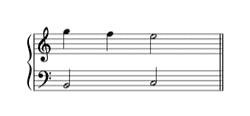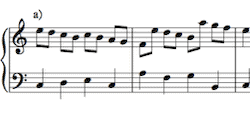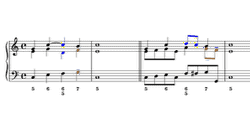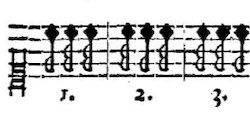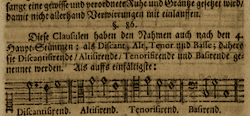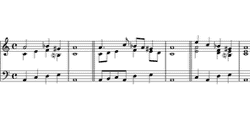What Is a Comma?
A term coined by Robert O. Gjerdingen, after several 18th-century sources. A Comma is a synonym for a clausula cantizans or a ⑦–① cadence. Its usual melody is a ➎–➍–➌ or ➍–➌ snippet. See also Clausulæ. See also Long Comma. See also Corelli Long Comma. Select Bibliography Gjerdingen, Robert O. Music in the Galant Style […]
